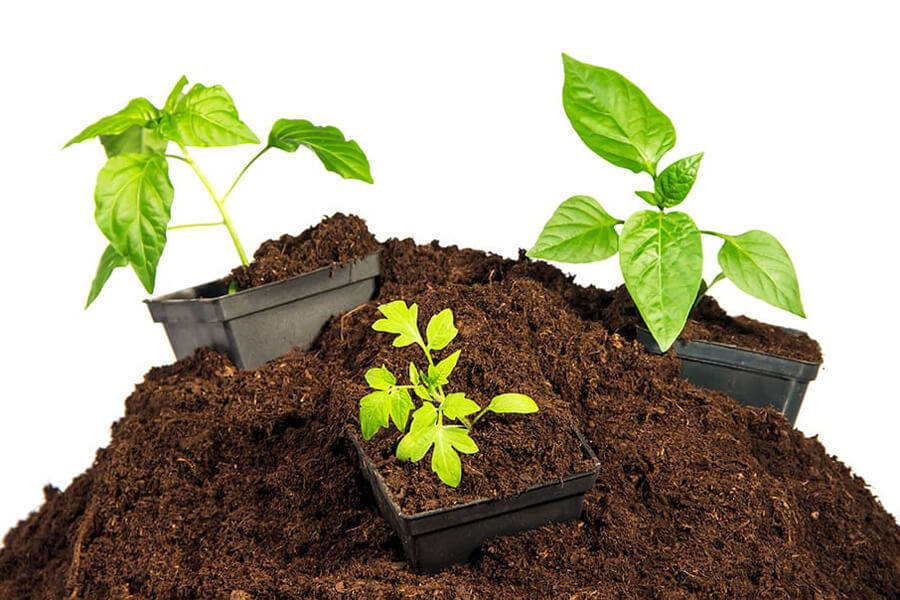Peat Moss

Peat moss is actually the dead fibrous and it has 95% organic materials. Peat moss is actually decomposed plant materials. This product accumulated in the water-saturated environment without any help of oxygen. In the peat bogs, sphagnum moss is the easily available one. This moss is extracted from the peat bogs that dominate this type of species are known as Sphagnum peat. This type of peat has decomposed Sphagnum moss. Peat moss takes numerous millennia to take but it is not a renewable resource.
Peat moss can efficiently manage water and hold the nutrients. With such methods, peat moss can improve the consistency and texture of the soil.
Peat moss for horticultural
Peat moss is a high-in-demand product and due to its unique characteristics, this is one of the most popular products in agriculture and horticulture. This is a growing media for the plants.
It may improve the structure of the soil, enhances the water retention capacity of sandy soils and it can prevent leaching all the nutrients. It can hold water more than 20 times of its own weight.
Peat moss can improve also the drainage quality of different type’s heavy clay soils. This type of soil can help the roots of the plants to grow faster with good health and it allows the root to breathe well while absorbing the necessary nutrients. It also improves the buffering capacity of the soil and capacity of cation exchange. Peat most tolerates the PH variations and helps in retaining minerals. It prevents also fertilizer leaching.
Another benefit of this type of moss is this soil is it is completely free from any type of pollutants or weeds. If you grow your plants in peat moss, you can grow them even in the cheaper designer frames because the soil will be well-structured soil that promotes healthy plants.
Peat moss substrate
As the soil amendment, most of the gardeners from different corners of the world like peat moss. It is one of the best components to get a highly enriched potting soil mix and perfect for seed growth. It has pH acid also that is ideal to grow the acid plants like rhododendrons and blueberries.
Peat moss can also the own weight even when it completely wet. It slows down moisture release for the plants while keeping up strong all the necessary nutrients. Nutrients of the roots will never rinse off as you water the plants regularly.
Characteristics of the peat moss also differ as per the actual botanical ingredient and the type of decomposition. Sphagnum peat moss can be spongy and light but the sedge peat moss in enriched with linear fibers.
You can identify the age of the peat by seeing the color of it and the stage of decomposition. Fresh and new peats are yellowish-brown in color and the plants are identifiable also. Old age peat is much darker in color and decomposed too.
You need to blend different things to make peat moss substrates like black and white peat, wood fiber, composed and fertilizer etc. For pot crops, you need to have a specific type of blend peat mixed with a moderate level of fertilizer and PH so that you can grow the fruits perfect in taste, looks and more fruitful crops.


Peat moss for succulents
No matter what type potting mix you select for succulents but it should be organically fresh and good. If you add peat moss for your soil will dry out fast and never be too wet so that the succulents can die. Sphagnum is the ideal soil mix for succulent so that the plants will never suffer from the rotting problem. You can add dust bark so that the water can penetrate far better way.

